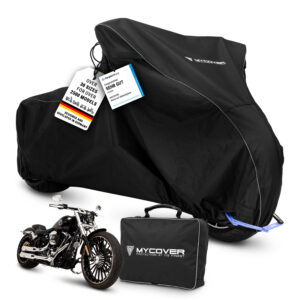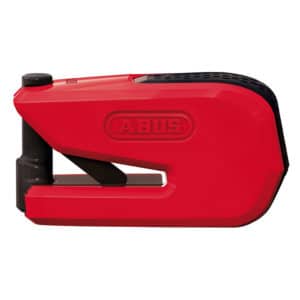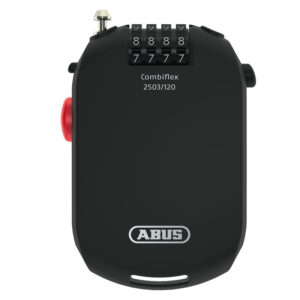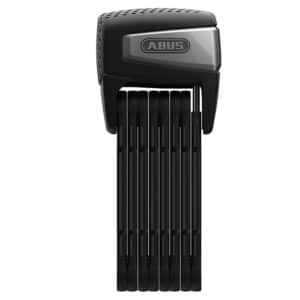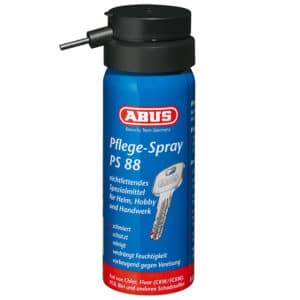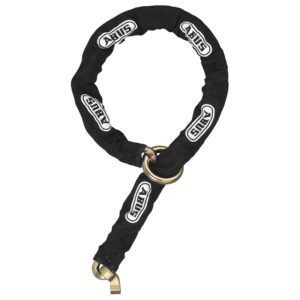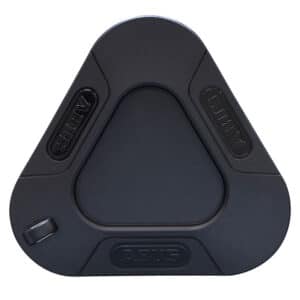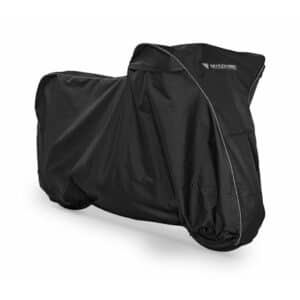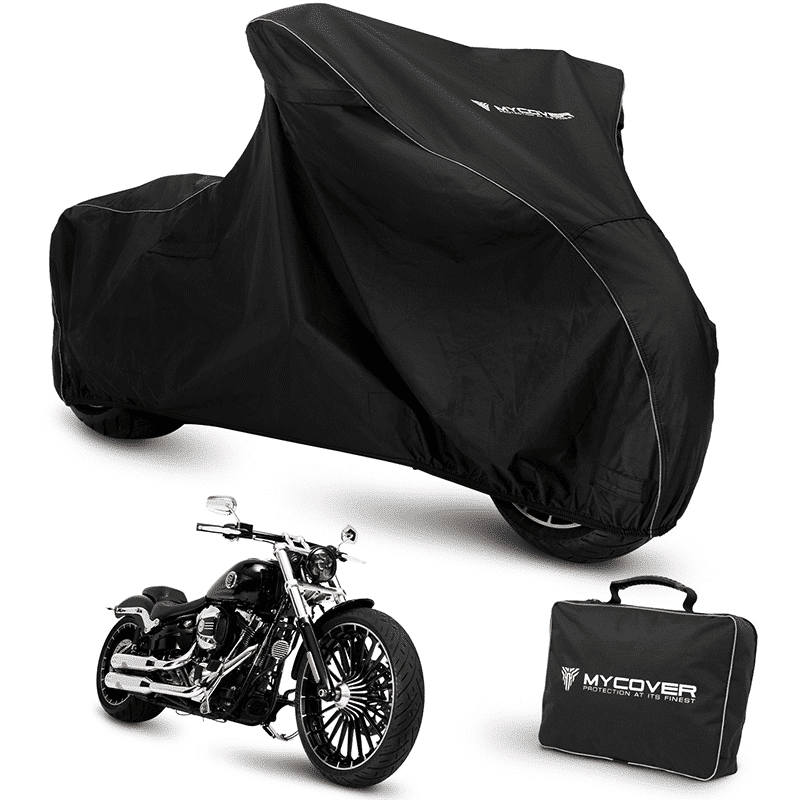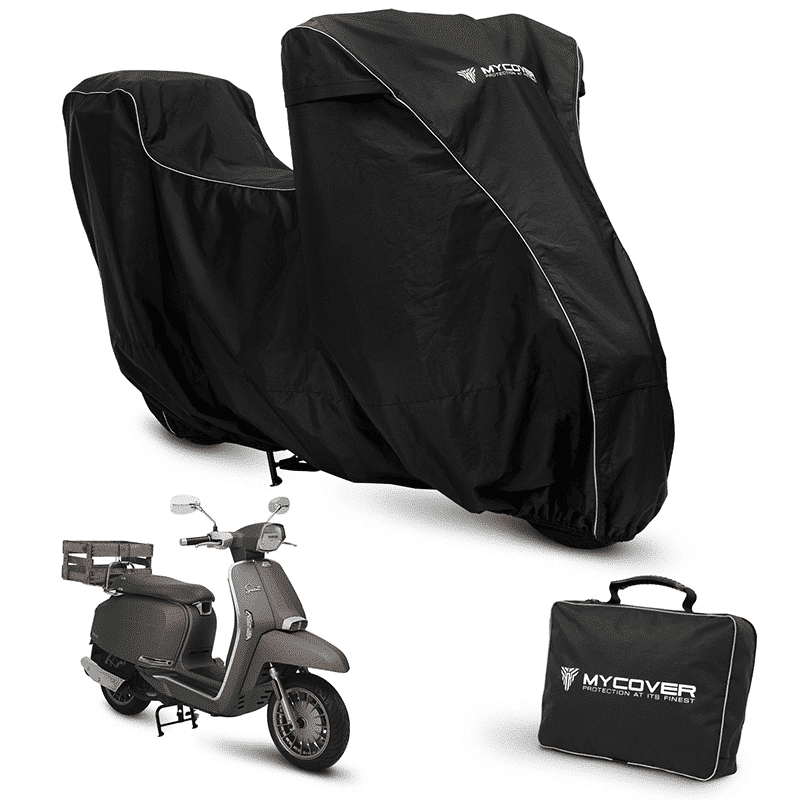Cleaning a Motorcycle Tank – a Step-by-Step Guide to a Clean Interior

Jerking during start, sputtering engine, or loss of power? Often, the problem lies in the tank.
Rust, condensation, or old fuel can severely affect the fuel system. Especially after prolonged periods of inactivity, deposits form that block the injection or carburetor, with expensive consequences.
Here you will learn when you should clean your motorcycle tank, how to safely remove and seal rust. We will also clarify when a tank restoration is worthwhile.
The MYCOVER® team clarifies!
Table of Contents
When is Motorcycle Tank Cleaning Useful?
Rust, deposits, and dark residues in the motorcycle tank impair fuel flow and damage the injection or carburetor. If you discover starting problems, misfires, or brownish sludge in the pre-filter, clean the tank before further damage occurs.
Not only your tank can be affected, all parts of your motorcycle can be dirty or damaged. If you suspect this, feel free to check the top side: “Motorcycle washing care: Insider tips for maximum value retention!”
Typical Causes for a Dirty Motorcycle Tank
A motorcycle tank gets dirty faster than many think: A half-full tank promotes condensation, which forms rust on walls, seams, and the lid area. Ethanol-containing fuel such as E10 also binds water and promotes corrosion and resinous deposits.
During long periods of inactivity, fuel ages, volatile components evaporate, leaving behind oxidized residues and sludge. Frequent temperature changes increase condensation. Foreign particles enter the tank via dirty canisters, fuel nozzles, or the filler neck; in addition, there is abrasion from aging hoses and flaking tank coatings.
How to Properly Prepare for Tank Cleaning
Before you can clean your motorcycle tank, you need some basic materials such as citric acid, warm water, and small nuts or gravel.
The right protective equipment and a well-ventilated workspace are also important. For particularly dirty tanks, a special motorcycle tank cleaner from a specialist dealer is worthwhile.
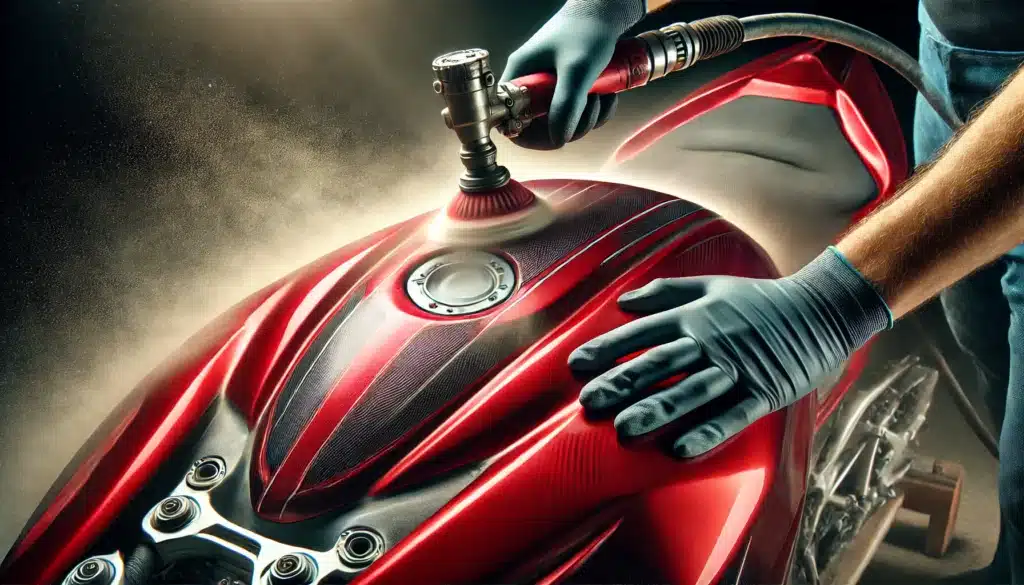
Instructions: Cleaning and Derusting a Motorcycle Tank
- Empty rinse the tank: Completely drain fuel with a hose or pump. Fill with warm water, swirl several times, and loosen residues. Dispose of gasoline residues as hazardous waste.
- Fill with citric acid: Stir 300 g of citric acid into 3 liters of warm water. Pour in the mixture, close all openings, and shake vigorously with a handful of nuts. Let it act for four to six hours.
- Rinse dry: Empty the tank and rinse thoroughly with clear water. Completely remove moisture, ideally with warm air. Alternatively, leave it open overnight until everything is dry.
- Chemical cleaner (optional): Use a suitable tank cleaner for heavy rust. Proceed exactly according to the manufacturer’s instructions and rinse sufficiently. Remove residues completely before continuing.
- Tank restoration for heavy rust: If rust persists or corrosion occurs with leaks, hand the tank over to the workshop. Derusting and coating take place there. Finally, the tightness is checked.
Cost Overview:
- DIY with home remedies: from €10
- Chemical cleaning (self): €20 to €50
- Sandblasting (workshop): €70 to €150
- Complete tank restoration incl. sealing: €150 to €300
Motorcycle tank sealing – protection for the future
A tank sealant reliably protects against new corrosion, especially in older metal tanks. It binds the last particles and prevents rust formation due to condensation. The tank must be completely dry and clean beforehand. Those who do not seal should at least drive regularly and keep the tank full to avoid rust.
Alternatively: drive regularly, keep the tank full, protect against moisture with MYCOVER® Cover.
Conclusion: Clean Tank = Clean Performance
A cleaned and protected motorcycle tank ensures better running, clean fuel, and fewer repairs. Those who act early not only save money but also drive more relaxed. Whether DIY or workshop solution, it is in your hands how long your tank (and engine) will last.
If you park your motorcycle over the winter, you should always keep the tank full and as clean as possible. So that your cleaned tank does not shine in vain, it is best to protect your motorcycle with a suitable MYCOVER® Motorcycle cover, found in just 3 clicks in the size finder.
Your size in 3 clicks
Find your cover now!
If your model year is not on the list, select the model of the same type. If the size does not fit, we will of course take the product back or exchange it.
Fill in the fields above to receive recommendations
FAQ – Frequently Asked Questions about Motorcycle Tank Cleaning
Why is it important to clean the motorcycle tank regularly?
Deposits, rust and dirt can impede the fuel flow in the tank and shorten the service life of the tank. Regular cleaning protects against corrosion and ensures that the motorcycle functions reliably.
What methods are there for cleaning the inside of the motorcycle tank?
Chemical agents such as citric acid or special tank cleaners are suitable for cleaning the inside. For stubborn rust, mechanical methods such as sandblasting or rinsing with extra strong cleaners can be used.
Is a professional tank refurbishment worthwhile and how much does it cost?
Professional tank refurbishment including cleaning, sandblasting and sealing can be useful if the tank is heavily rusted. The costs can vary greatly depending on the condition of the tank and are usually between 100 and 300 euros.
Why should I clean the motorcycle tank?
Because rust, condensation or dirt can build up inside the tank over time. This can impair the quality of the fuel, damage the carburetor or the injection system and lead to starting problems.
How can I tell that the tank needs to be cleaned?
Typical signs are starting problems, uneven engine running, clogged fuel lines or rusty fuel. Rusty residues in the fuel filter also indicate a dirty tank.
What home remedies can I use to clean the tank?
Citric acid, vinegar essence or cola can help with light rust film. Caution: These methods are not as effective as special cleaners and require a lot of rinsing to avoid acid residues.
How do I prevent rust in the tank?
If possible, never ride the tank completely empty and store your motorcycle with a full tank to reduce condensation. A fuel stabilizer is also suitable for longer downtimes. Optional: Tank sealant to prevent internal corrosion.
Can I clean the tank from the outside?
Yes, with a mild detergent or motorcycle cleaner and a soft sponge. Avoid aggressive agents as they can damage the paintwork. After cleaning, rinse with water and gently rub dry.
What to do if the tank is badly rusted?
Special rust converters or a professional cleaning kit with rust remover, detergent and sealant can help here. If there is a high risk of rust penetration, you should have the tank checked by a specialist company.
Do I always have to remove the tank?
Not necessarily; for light soiling, cleaning with a special pump or rinse in the installed state is also sufficient. However, removal is recommended for thorough rust removal or sealing.



